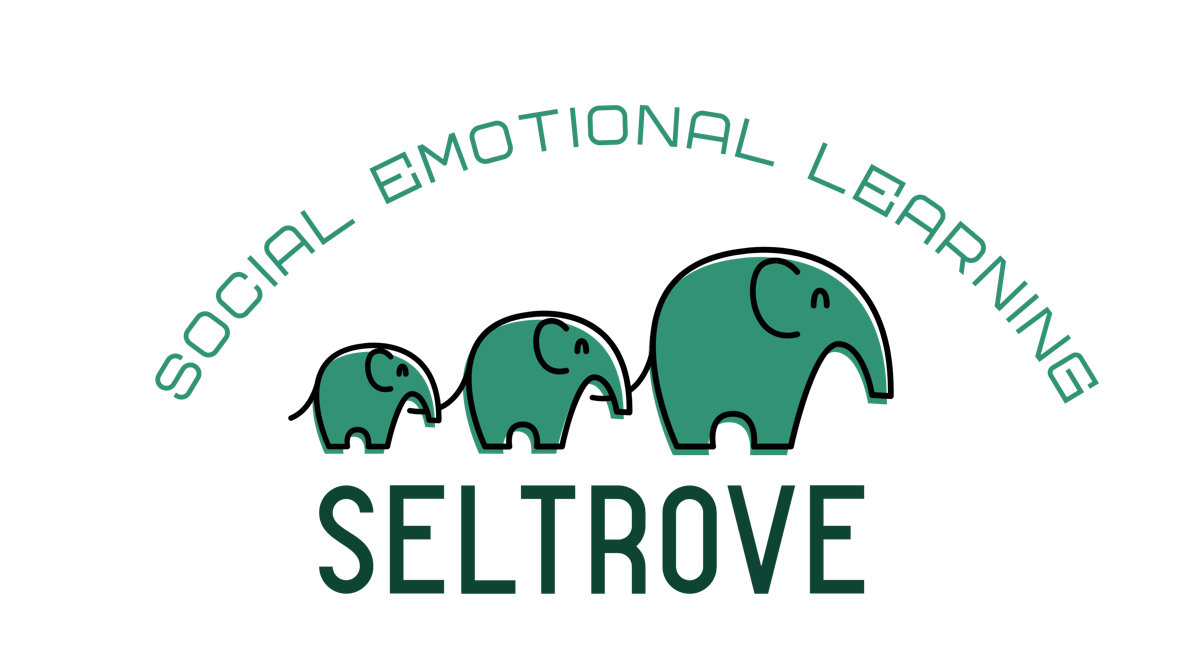Signs of compassion fatigue (or STS) can sometimes be hard to notice because they are similar to symptoms of teacher burnout and can present as a form of burnout. Symptoms can include:
- Increased anxiety and concern about safety
- Intrusive negative thoughts and images related to students' traumatic stories
- Fatigue and physical health complaints, and mental exhaustion
- Feelings of numbness or detachment from students and peers
- Diminished concentration and difficulty with decision making
- Desire to physically or emotionally withdraw from others
- Feelings of professional inadequacy
- Mental health decline
Teachers who work in areas of high poverty or high trauma will typically experience greater exposure to STS, but trauma exists across all socioeconomic groups. According to the National Child Traumatic Stress Network (NCTSN), the risk appears to be greater among
- Educators with previous or unresolved trauma exposure
- Female educators
- Highly empathetic educators
- New or inexperienced educators, with a lack of training
- Educators working with unsupportive administrations
- Educators working in communities that have experienced communal trauma, including high levels of poverty, high levels of crime, generational/historical trauma, tragic events, and natural disasters
Steve Hydon is a clinical professor at the University of Southern California and a leading researcher bringing knowledge from the field of social work into education. Hydon suggests the first step in treating secondary trauma is to build understanding and awareness of STS. Since "being exposed to traumatic and troubling events, sometimes on a daily basis, influences one's personal and professional lives. STS can decrease staff functioning and create challenges in the working environment." (acf.hhs.gov)
Hydon worked with the U.S. Department of Education to develop psychological first aid resources for educators rebuilding in New Orleans after Hurricane Katrina. Administrators looking to implement a district- or school-wide approach to STS can look to this five-step program:
Listen: Create a safe space for teachers to share their stories with one another.
Protect: Preserve the teacher's confidentiality and work to keep them safe from their stressors.
Connect: Connect with the teacher's experience and use that to help provide them with resources for stress management.
Model: Develop systems and plans for stress management.
Teach: Using these steps, help one another in your teacher capacities, continue to learn more about STS, and share your experiences.
